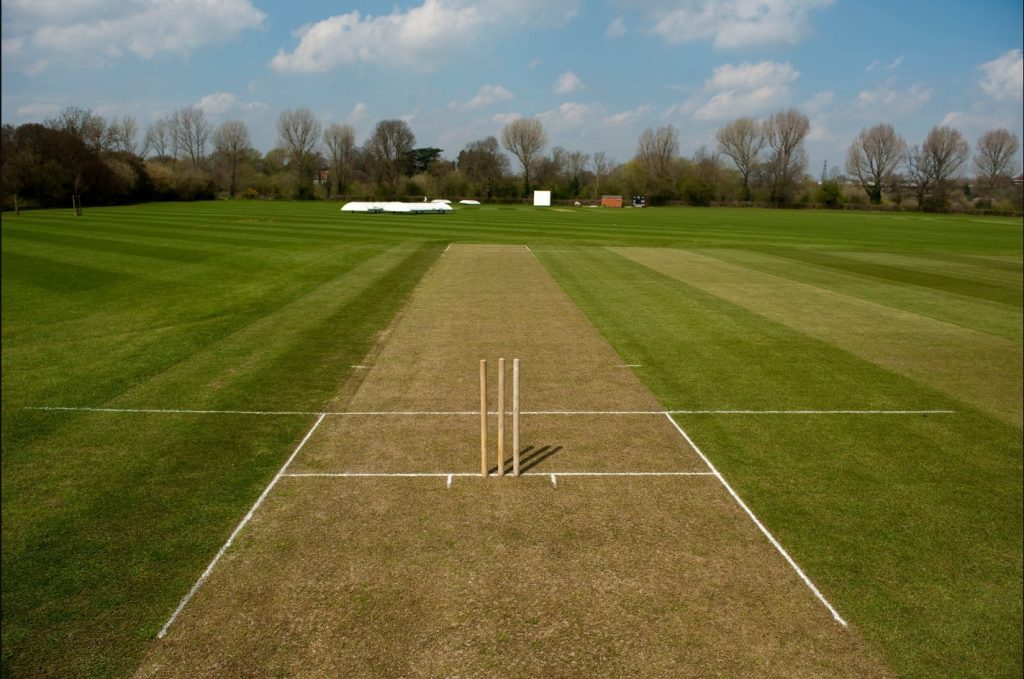Cricket Games: Cricket is one of the most popular and diverse sports in the world, with a variety of formats that cater to different preferences, time constraints, and playing conditions. From leisurely club matches to high-octane international contests, the sport is played in several forms, each with its unique rules, durations, and appeal. Understanding these formats not only deepens the appreciation of the game but also sheds light on its rich history and evolution.
Cricket Games: In this article, we will explore the different types of cricket games, focusing on the main formats, their characteristics, and how they impact the strategies and excitement of the game.
1. Test Cricket: Cricket Games

Overview
Cricket Games: Test cricket is the longest and most traditional form of the game. It is played between two national teams over a period of five days, with each team having two innings. Test matches are considered the pinnacle of cricket, where players’ endurance, skills, and mental fortitude are put to the test.
Key Features
Duration: Up to 5 days, with each day consisting of 90 overs.
Innings: Each team has two innings to bat and bowl.
Fielding: Teams switch between batting and fielding at the end of each innings.
| Feature | Test Cricket |
|---|---|
| Duration | 5 days, 90 overs per day |
| Innings per Team | 2 |
| Overs per Innings | Unlimited (subject to time limits) |
| Outcome | Draw, win, or tie |
| Number of Players | 11 per team |
Characteristics
Strategy: Test cricket is a war of attrition, focusing on patient batting, solid defense, and attacking bowling. Teams often rely on a slow and steady approach, building partnerships over time.
Skill Level: Test cricket is seen as the ultimate test of a player’s technical proficiency and resilience under pressure.
Crowd: The pace of the game means it attracts a dedicated but niche audience, especially in countries with a rich cricket history like England, Australia, and India.
2. One Day International (ODI)

Overview
Cricket Games: One Day Internationals (ODIs) are a limited-overs format in which each team faces a fixed number of overs, usually 50. The game typically lasts around 8 hours, with breaks between innings. This format is designed to be more exciting than Test cricket while retaining the skill and strategy elements of the game.
Key Features
Duration: A single day, lasting about 8 hours.
Innings: Each team bats for 50 overs.
Fielding Restrictions: There are powerplays at different stages, limiting the number of fielders allowed outside the 30-yard circle.
| Feature | One Day International (ODI) |
|---|---|
| Duration | 7 to 8 hours, 50 overs per team |
| Innings per Team | 1 |
| Overs per Innings | 50 |
| Outcome | Win, loss, or no result |
| Number of Players | 11 per team |
Characteristics
Strategy: ODIs offer a balanced approach between the traditional strategies of Test cricket and the aggressive styles of T20s. Teams must find a balance between building partnerships and accelerating the run rate.
Skill Level: Players must be versatile, able to play under pressure in a limited-overs format while maintaining high levels of fitness.
Crowd: ODIs attract large crowds due to their fast-paced nature and shorter duration compared to Test matches, making them popular for both casual fans and cricket purists.
3. Twenty20 (T20) Cricket

Overview
Cricket Games: T20 cricket is the shortest and most fast-paced form of the game. Introduced in the early 2000s, it consists of 20 overs per team, and the match typically lasts about 3-4 hours. The emphasis is on entertainment, with aggressive batting, innovative bowling, and fast-paced fielding.
Key Features
Duration: Approximately 3-4 hours.
Innings: Each team bats for 20 overs.
Fielding Restrictions: The fielding side is restricted to a certain number of fielders outside the 30-yard circle during different phases of the game.
| Feature | T20 Cricket |
|---|---|
| Duration | 3 to 4 hours, 20 overs per team |
| Innings per Team | 1 |
| Overs per Innings | 20 |
| Outcome | Win, loss, or no result |
| Number of Players | 11 per team |
Characteristics
Strategy: T20s are designed to entertain and promote aggressive cricket. Batting teams aim to score quickly, often hitting boundaries or sixes. Bowlers must focus on containment and executing yorkers or slower balls to counter the aggressive batting.
Skill Level: T20 players must be explosive, with quick reflexes and the ability to hit big shots, yet they also need to adapt to fielding restrictions and changing dynamics.
Crowd: T20s are the most popular format due to their fast pace, thrilling finishes, and the sheer excitement they generate. These matches often appeal to younger audiences and are played globally in domestic leagues like the Indian Premier League (IPL).
4. T10 Cricket

Cricket Games: Overview
Cricket Games: T10 is the shortest format of cricket, consisting of only 10 overs per team. A T10 match typically lasts around 90 minutes, making it an action-packed version of the sport. It is a relatively new format that emphasizes big hitting and fast scoring, further intensifying the entertainment factor.
Key Features
Duration: About 90 minutes.
Innings: Each team bats for 10 overs.
Fielding Restrictions: Similar to T20 cricket, with fielding restrictions imposed to promote attacking play.
| Feature | T10 Cricket |
|---|---|
| Duration | 90 minutes, 10 overs per team |
| Innings per Team | 1 |
| Overs per Innings | 10 |
| Outcome | Win, loss, or no result |
| Number of Players | 11 per team |
Characteristics
Strategy: The ultra-short format calls for maximum aggression, with batsmen attempting to hit every ball to the boundary. Bowlers have little room for error, and the focus is on maintaining discipline while trying to execute aggressive plans.
Skill Level: Players need to be dynamic and explosive, adapting quickly to the fast pace of the game. Fielding also becomes critical in this format, as every run counts.
Crowd: T10s are primarily used for exhibition and entertainment purposes, often drawing in casual fans due to their brevity and excitement.
5. The Hundred

Cricket Games: Overview
Cricket Games: The Hundred is an innovative format of cricket introduced by the England and Wales Cricket Board (ECB) in 2021. Each team bats for 100 balls (instead of 120 balls in a standard T20) and the match lasts for approximately 2.5 hours. This format is designed to be quick, exciting, and easily digestible for new audiences.
Key Features
Duration: Approximately 2.5 hours.
Innings: Each team bats for 100 balls.
Fielding Restrictions: The fielding team is limited to having a maximum of 2 fielders outside the 30-yard circle in the first 25 balls of the innings.
| Feature | The Hundred |
|---|---|
| Duration | 2.5 hours, 100 balls per team |
| Innings per Team | 1 |
| Balls per Innings | 100 |
| Outcome | Win, loss, or no result |
| Number of Players | 11 per team |
Characteristics
Strategy: The Hundred is designed for high-impact moments, with a clear focus on fast scoring. Teams aim to score quickly and keep the crowd engaged with big hits and entertaining play.
Skill Level: Players must be versatile, with a keen understanding of how to manage the 100-ball limit, blending both aggressive and calculated approaches.
Crowd: The format attracts a diverse audience, appealing to both cricket enthusiasts and newcomers, thanks to its simplicity and short duration.
Cricket Games: Cricket has evolved over the years to include a variety of formats, each catering to different audiences and conditions. From the traditional five-day Test matches to the fast-paced T20 and the experimental Hundred, these formats bring their own unique appeal to the game. Whether it’s the strategic depth of Test cricket, the dynamic excitement of T20s, or the novelty of The Hundred, each type of cricket provides a different way to enjoy and appreciate the game.
Cricket Games: Understanding the differences between these formats allows fans to appreciate the nuances of each type of match and the skill sets required for success in each. As the sport continues to evolve, it’s clear that cricket’s adaptability and growth will keep it at the heart of global sporting culture for years to come.

